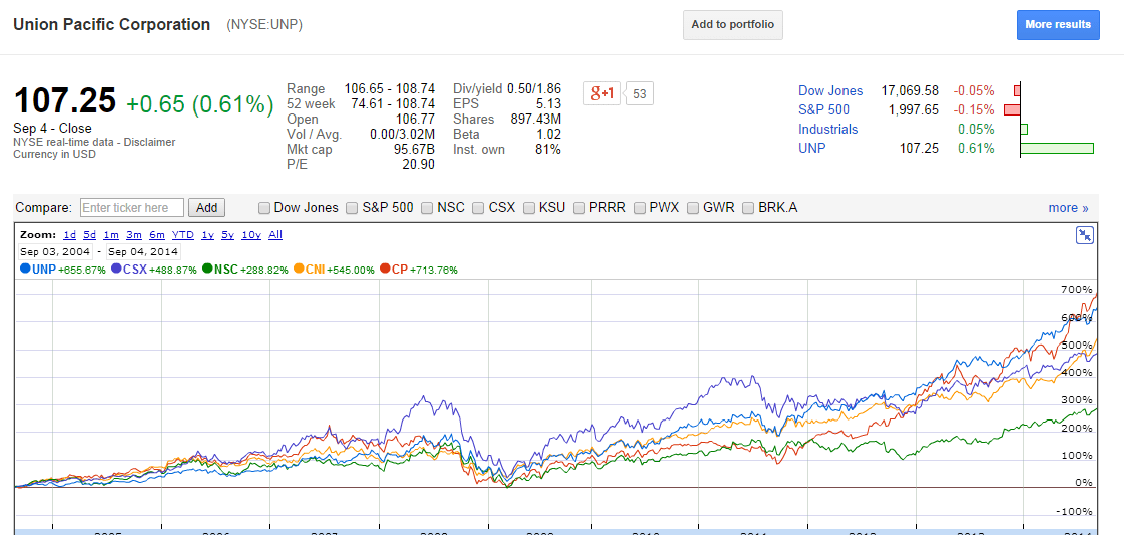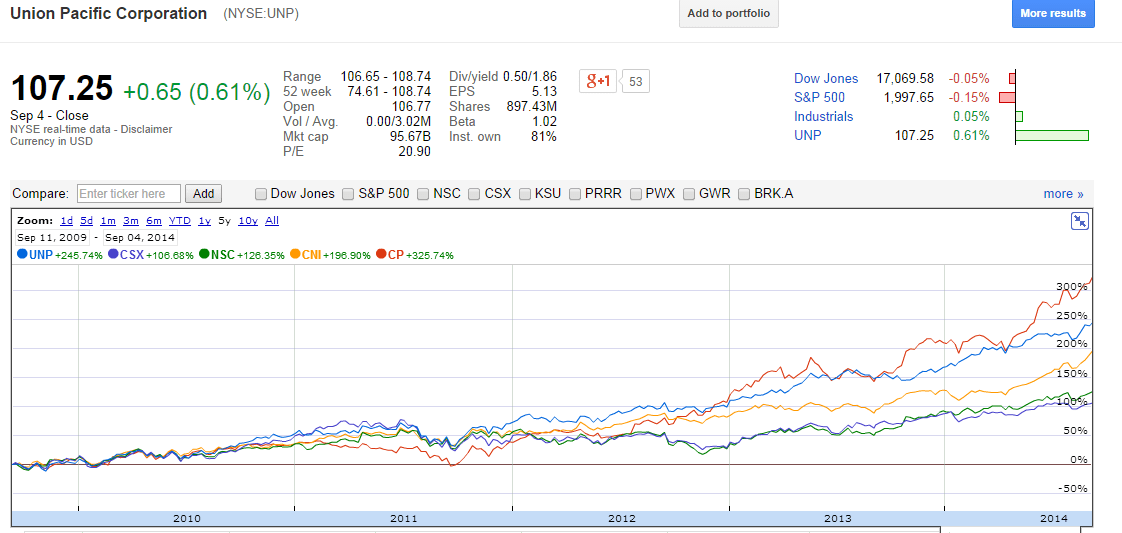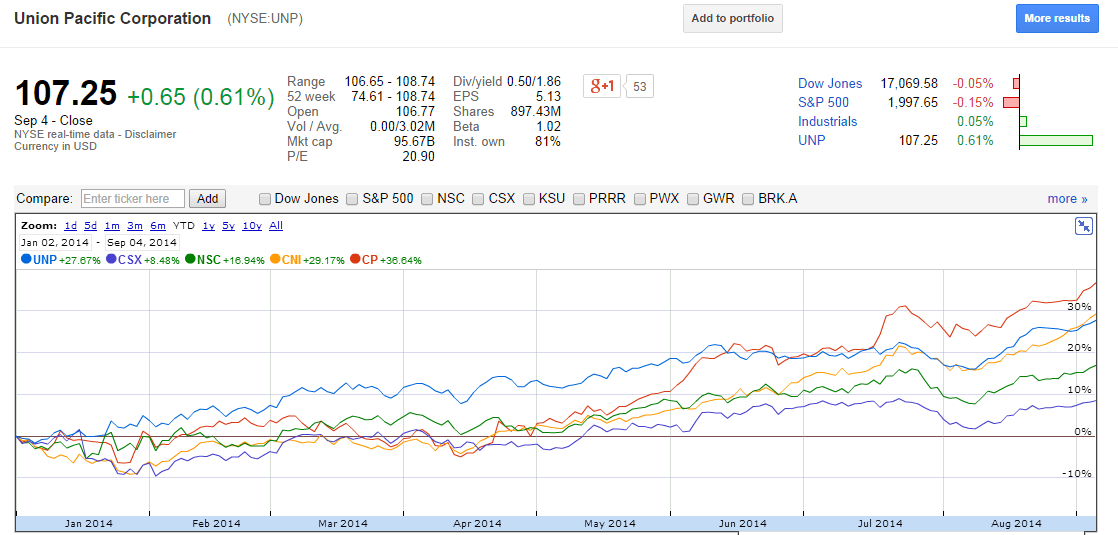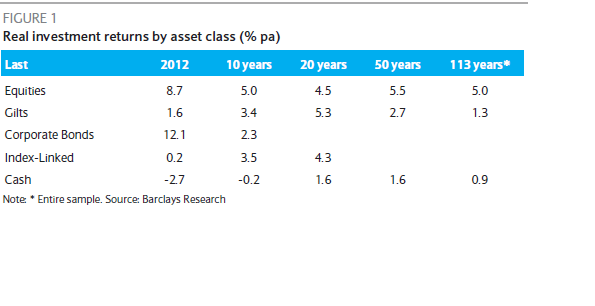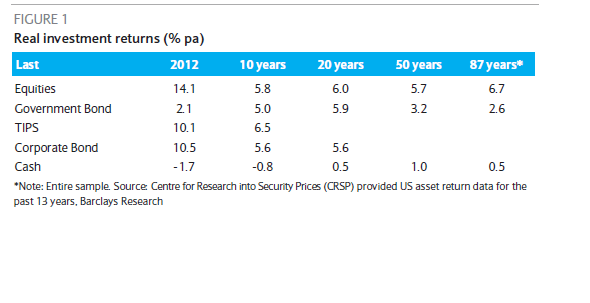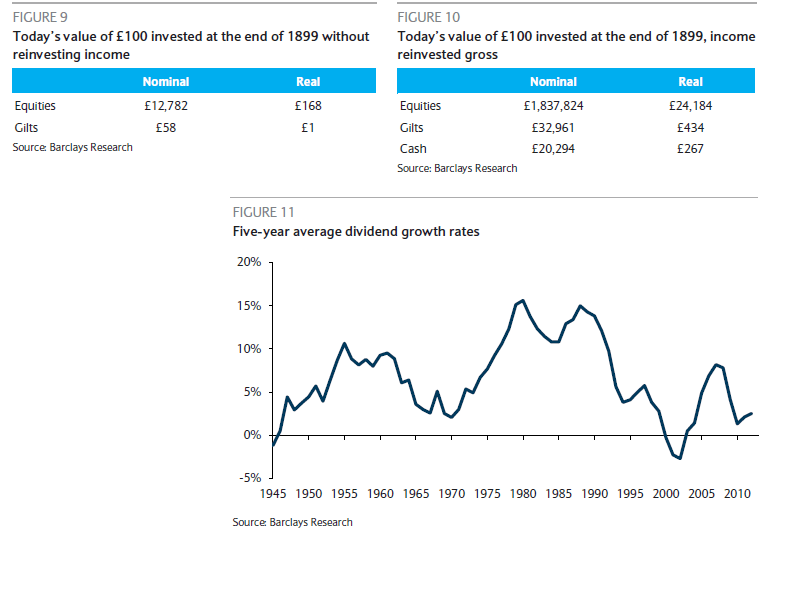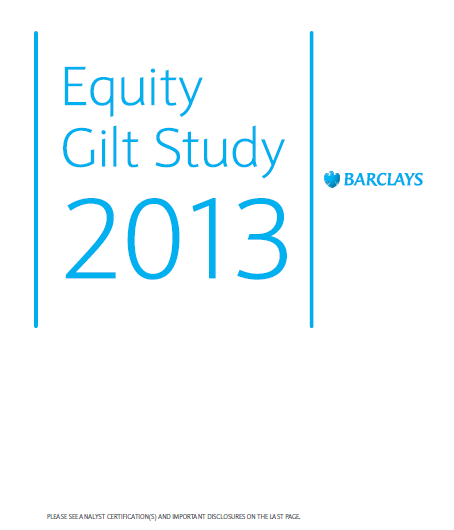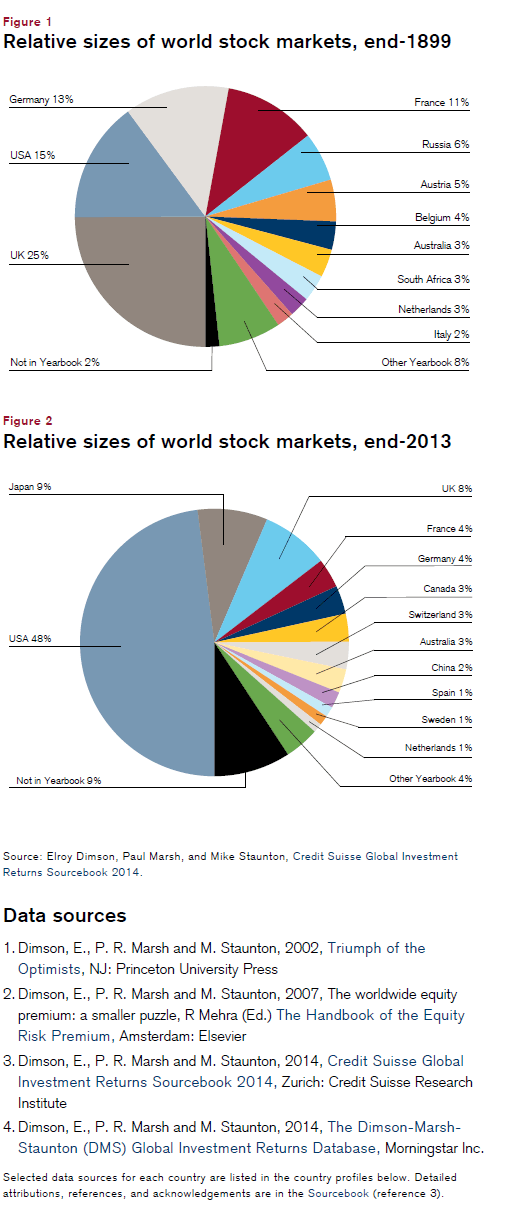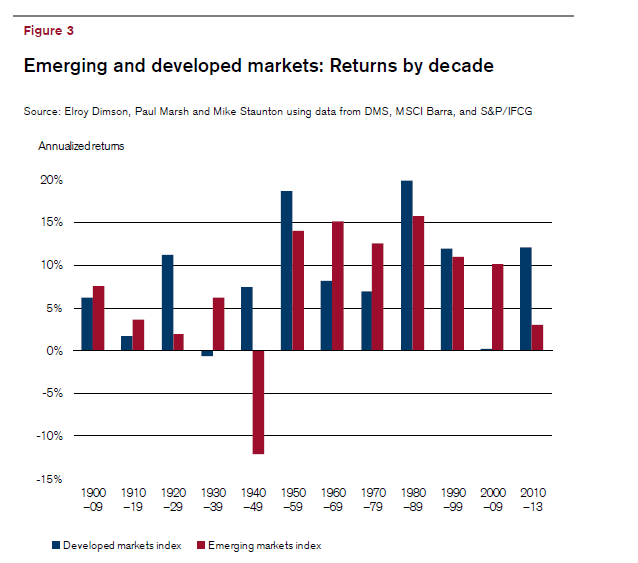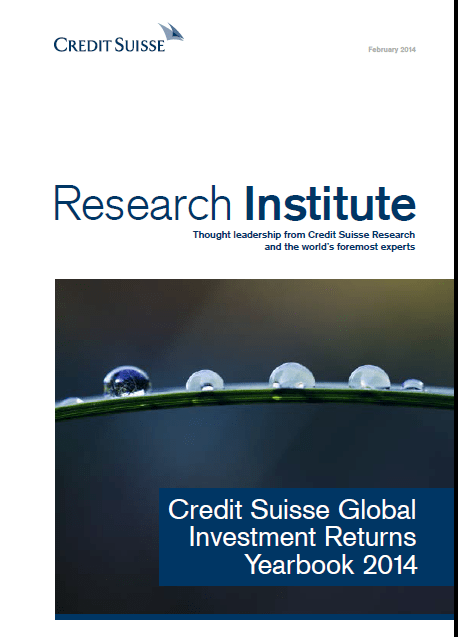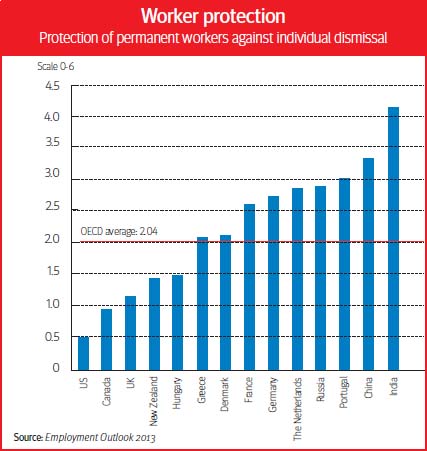Canadian railroad stocks have performed better than major American railroads over various periods as shown in the charts below. Canadian Pacific (CP) as noted in red color is the best performer of the railroads shown in the charts.
a) Stock performance over 10 years:
Click to enlarge
b) Performance over 5 years:
c) Performance year-to-date:
Source: Google Finance
Disclosure: Long CNI, CSX, NSC
